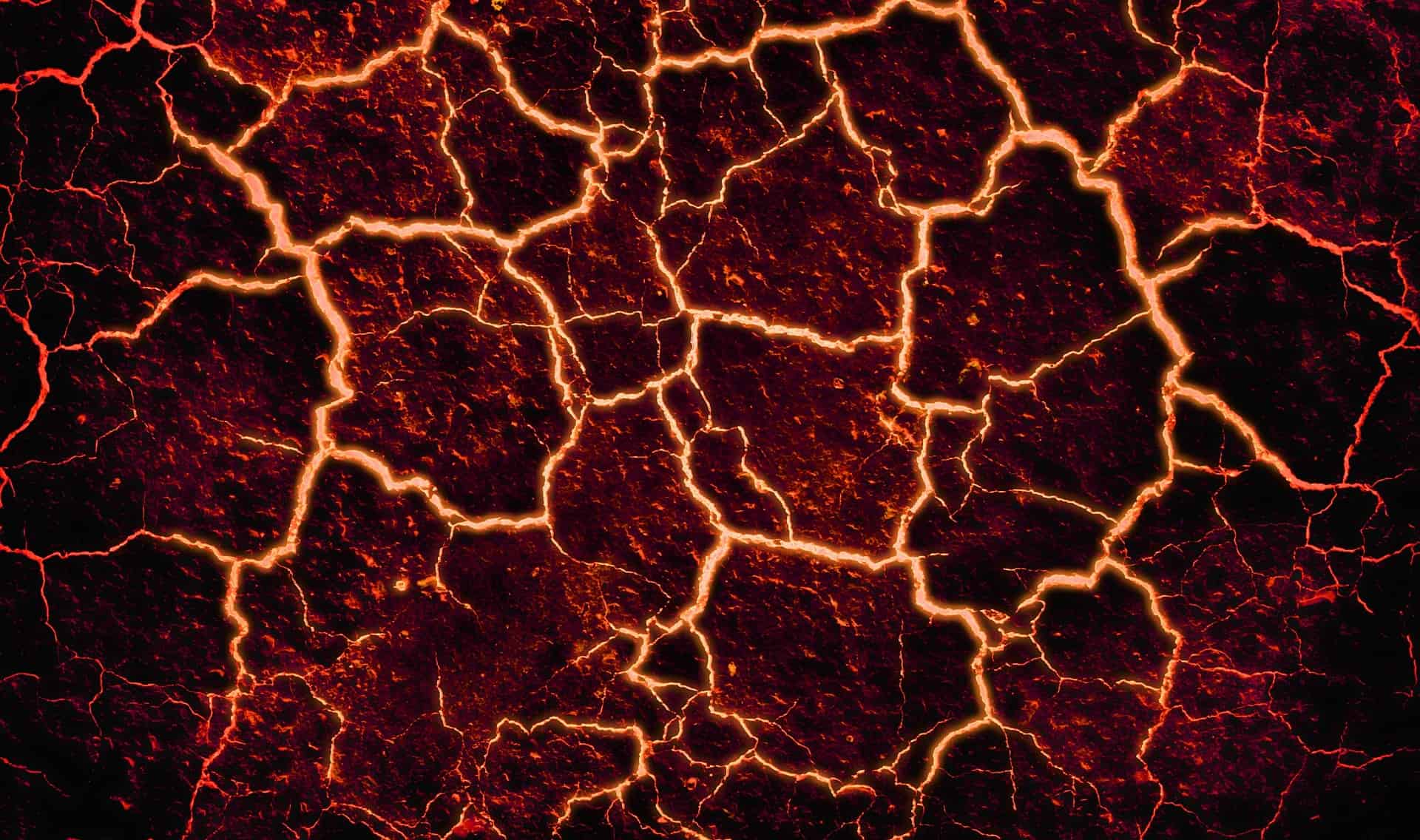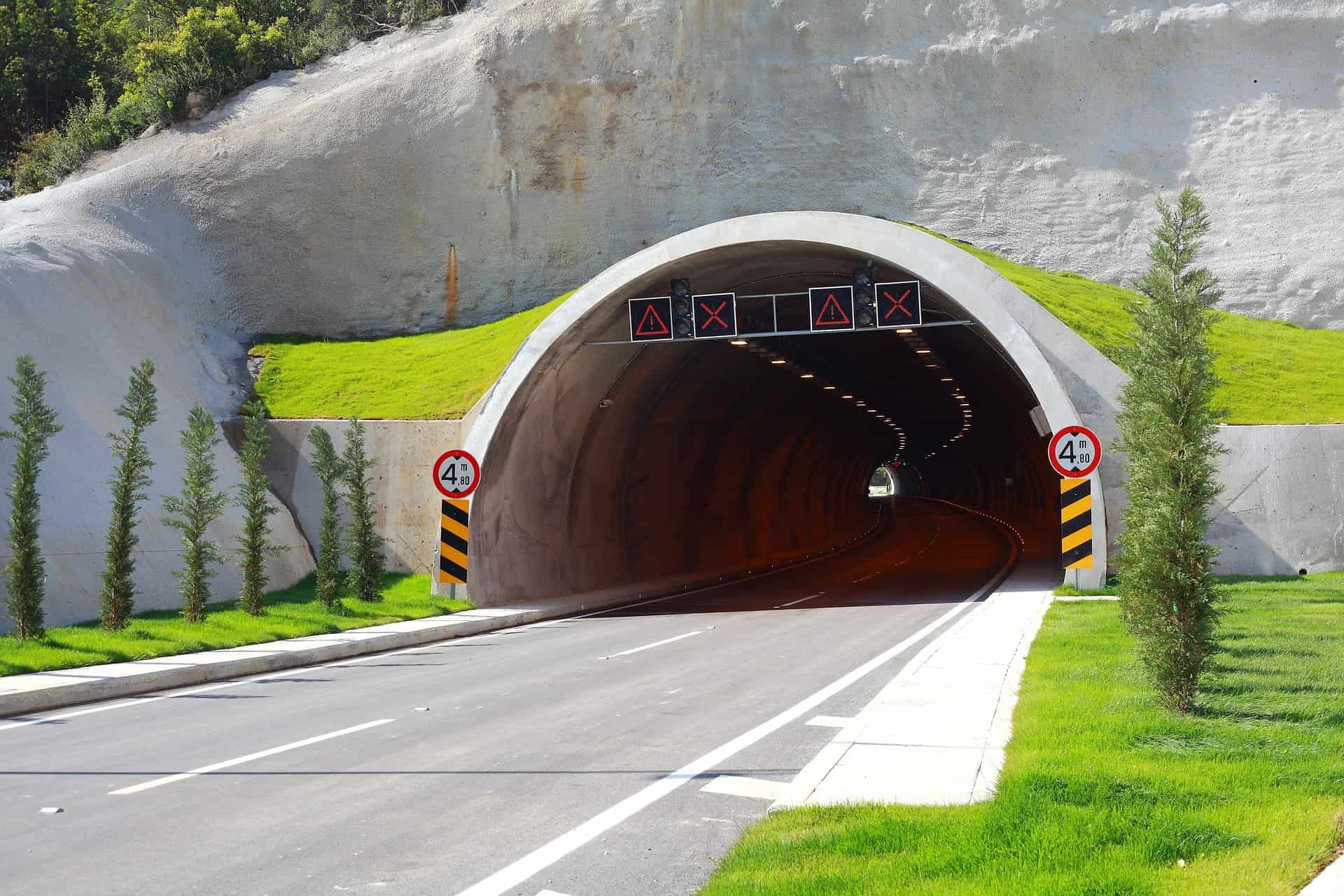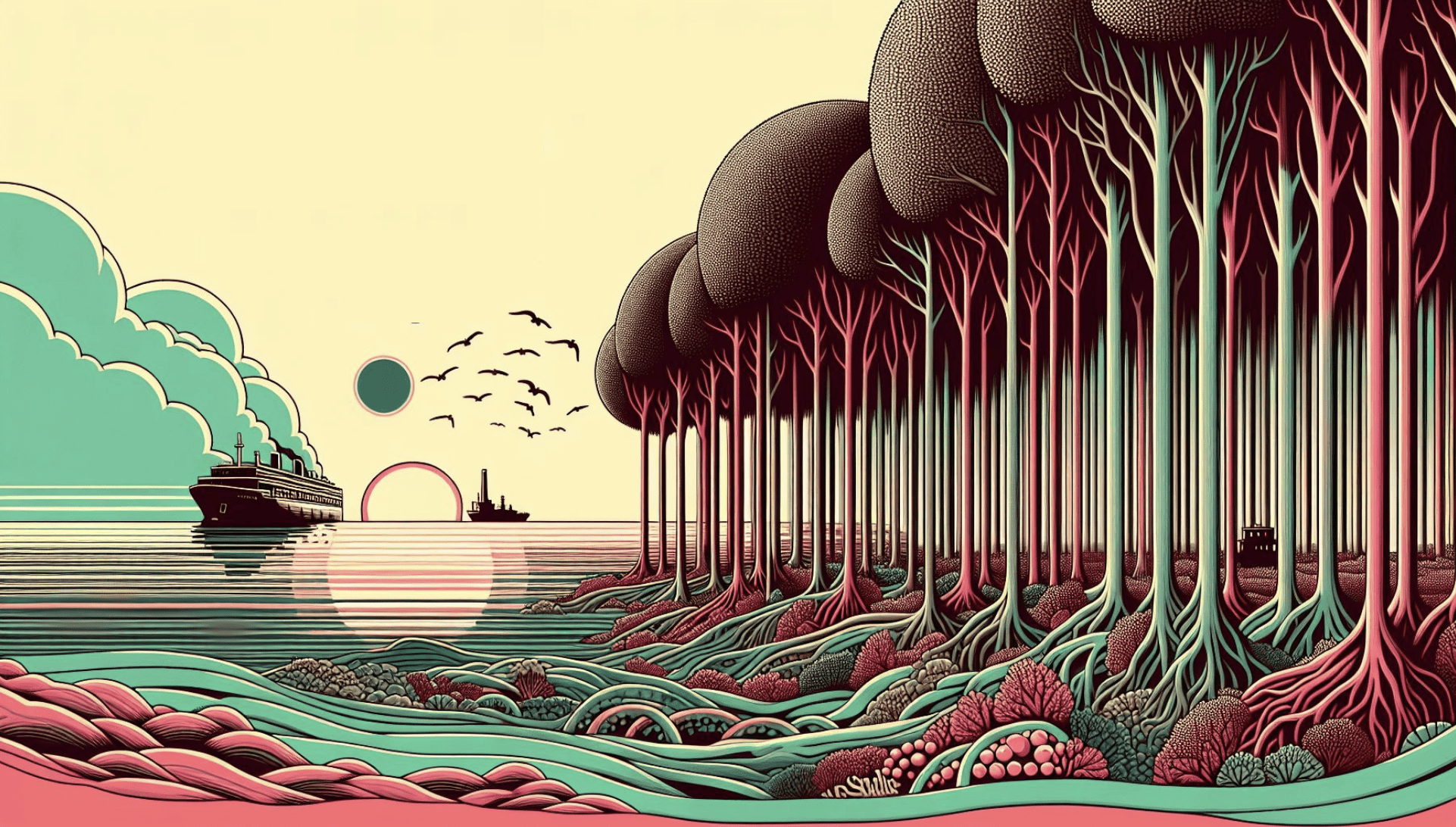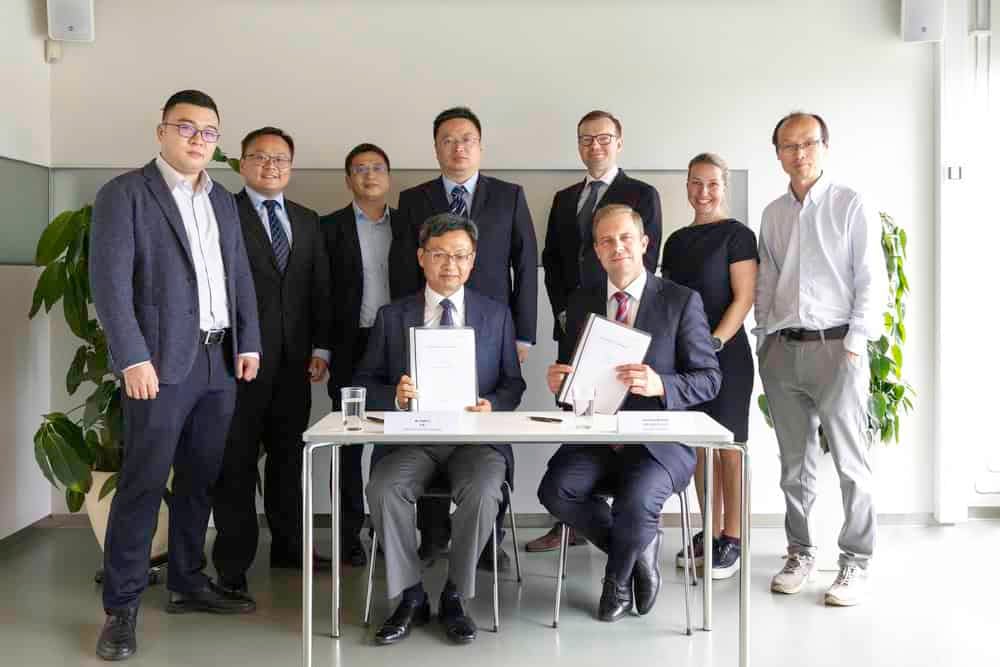
Scientists from SINTEF and Norsk Elektro Optikk are working with partners across Europe on a new sorting technology. The researchers are developing a sensor-based system for recycling refractories, with the aim of significantly reducing Europe’s carbon emissions. And the potential is there, as this technology could reduce CO2-emissions by as much as 800,000 tonnes. “Different types of optical detection technologies can be used to sort components in refractories,” SINTEF explains in a press release.
Extractive industries, including the production of refractories, account for a significant proportion of global carbon emissions and have a major impact on biodiversity loss. Establishing a circular economy and developing an efficient recycling process for this industry is essential to reduce CO2-emissions in Europe and preserve natural resources.

One unit with multiple sensors
The biggest challenge in recycling refractories is accurately sorting the different materials used, which consist of a mixture of different chemical components. Being able to segregate the components and sort them into different quality groups is crucial for the quality of future products.
SINTEF is working on a solution by realising a multisensor sorting unit. Different types of optical sensing technologies can be used to sort components in refractories. In this case, the unit combines laser-induced pass-through spectroscopy (LIBS) and hyperspectral imaging, allowing element and material classification.
Selected for you!
Innovation Origins is the European platform for innovation news. In addition to the many reports from our own editors in 15 European countries, we select the most important press releases from reliable sources. This way you can stay up to date on what is happening in the world of innovation. Are you or do you know an organization that should not be missing from our list of selected sources? Then report to our editorial team.



